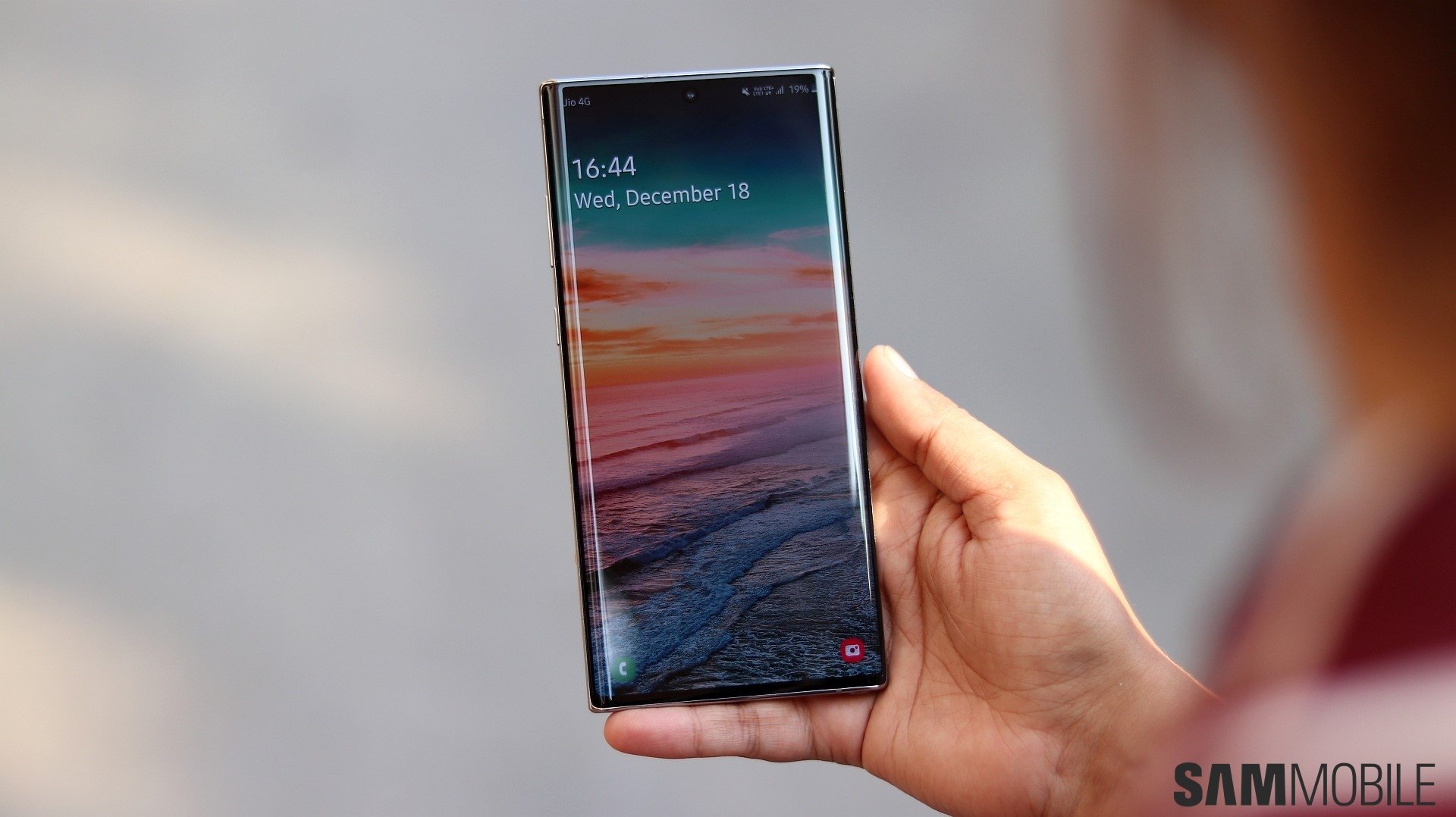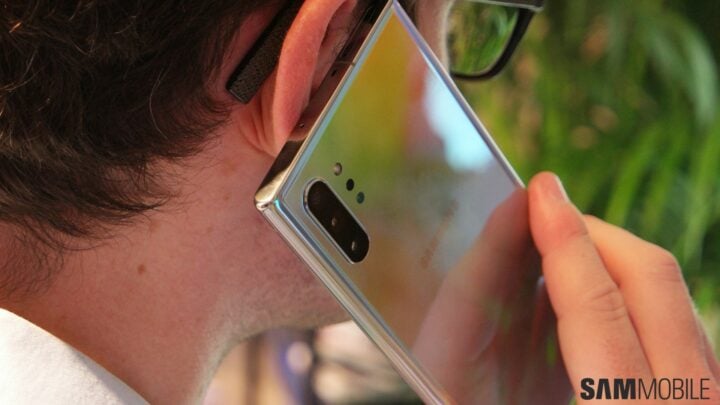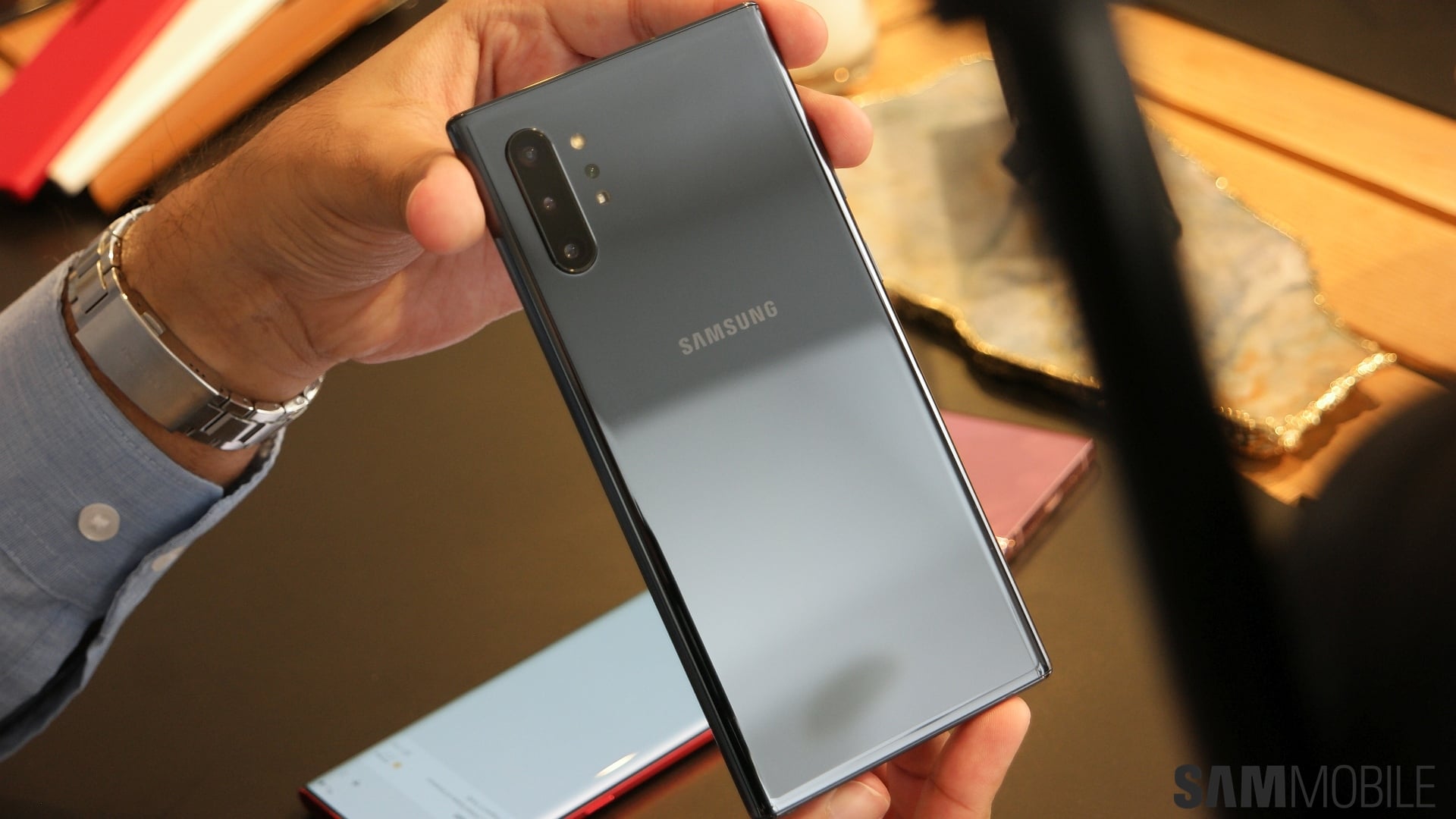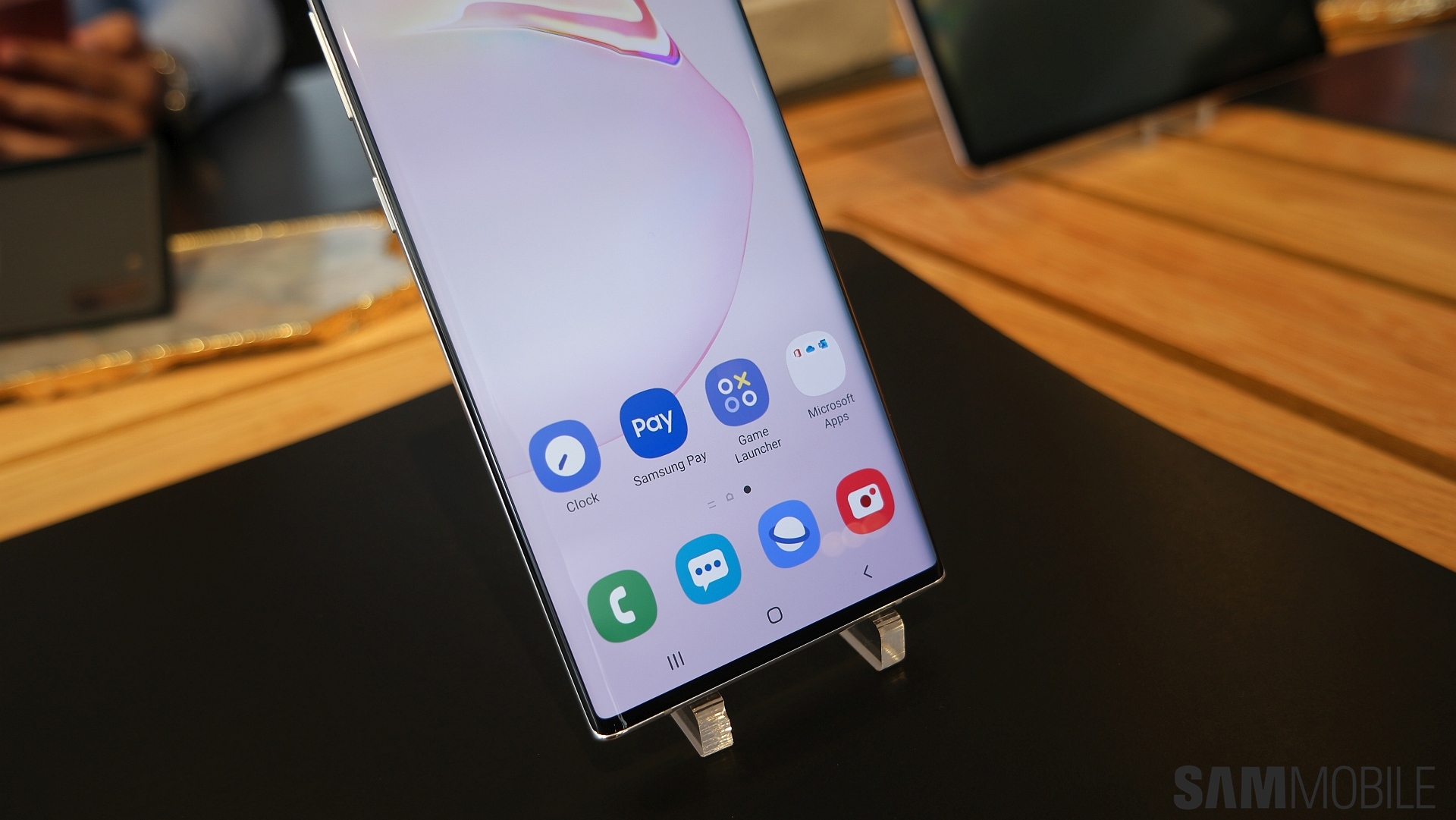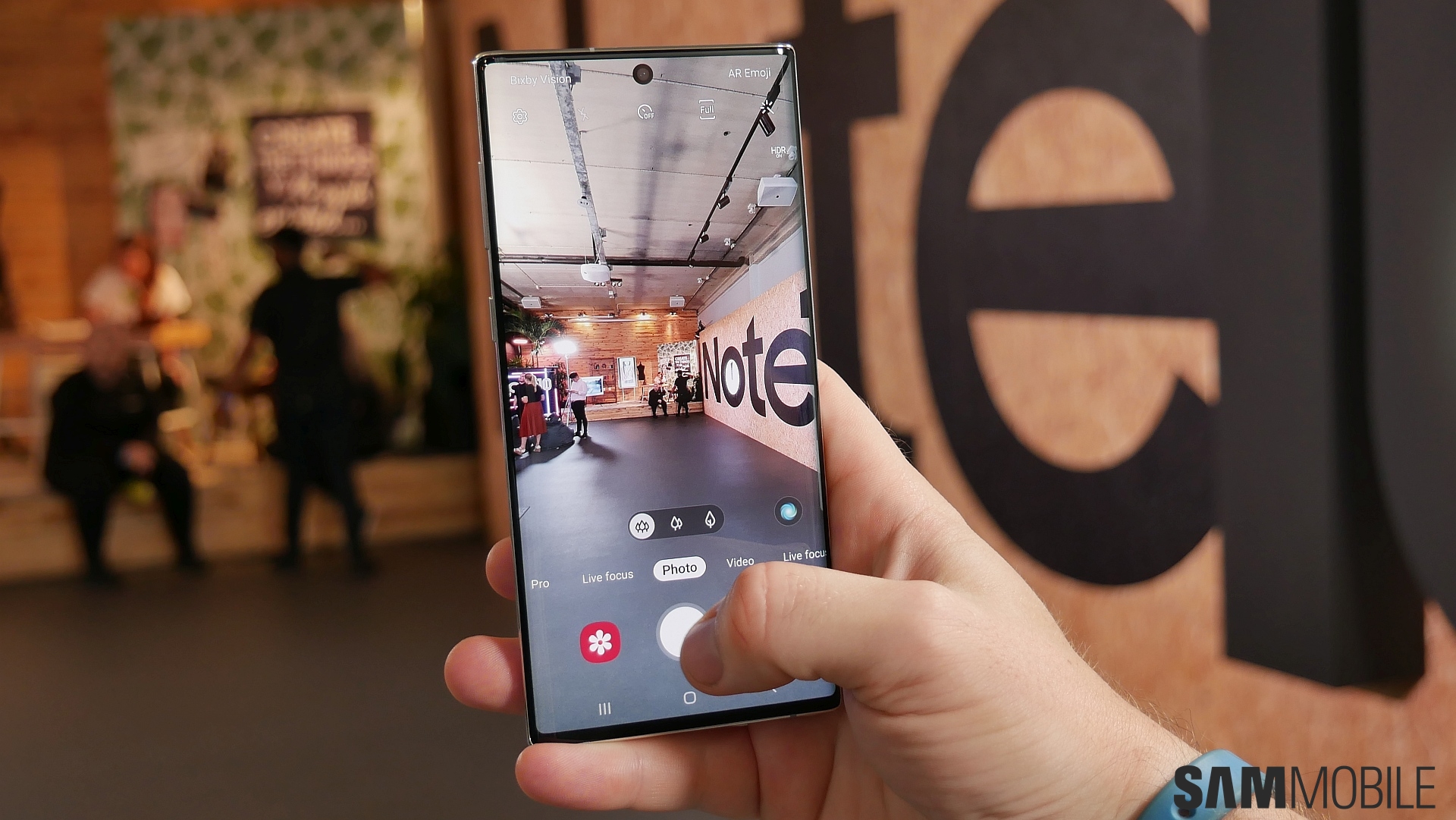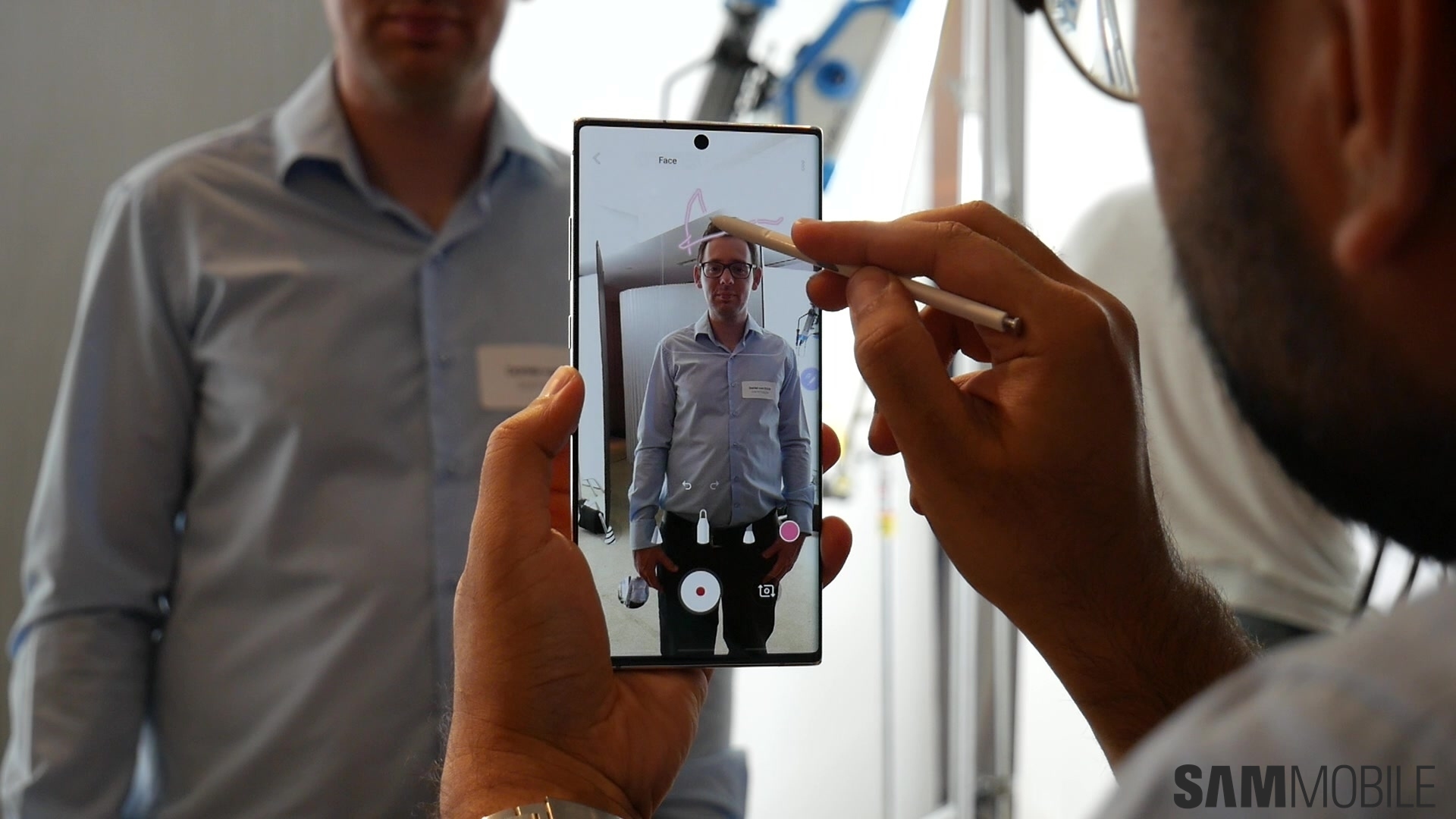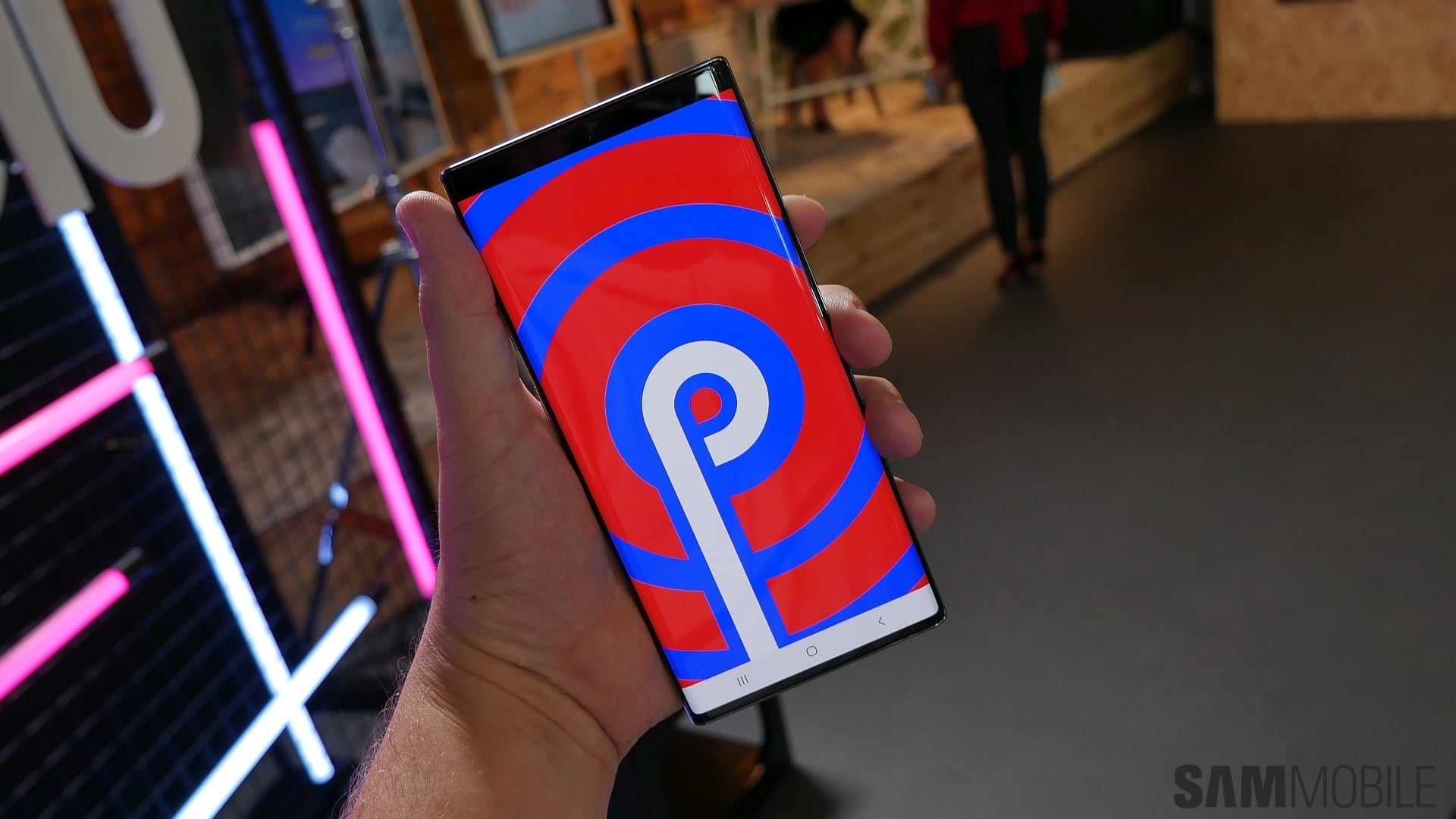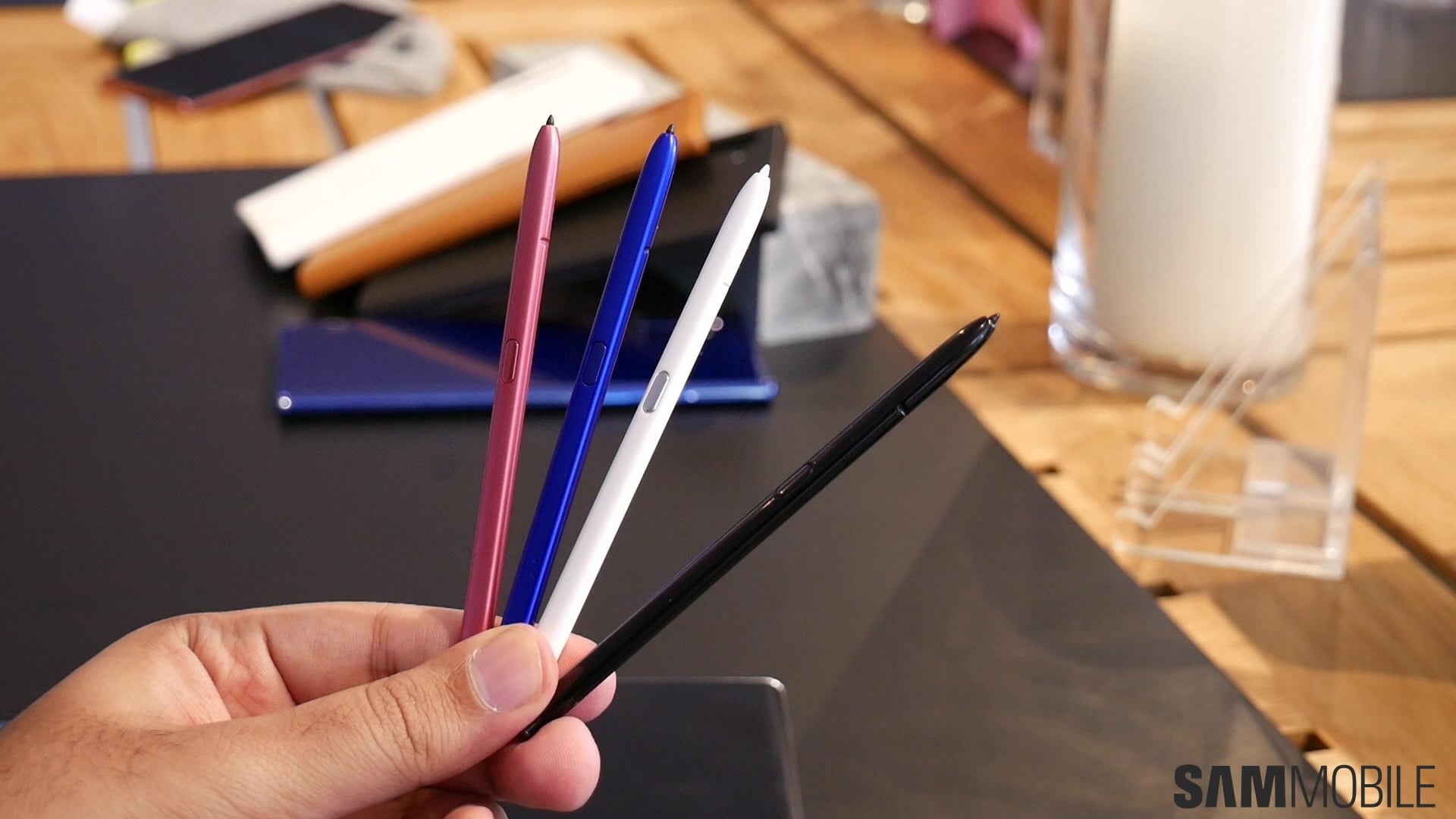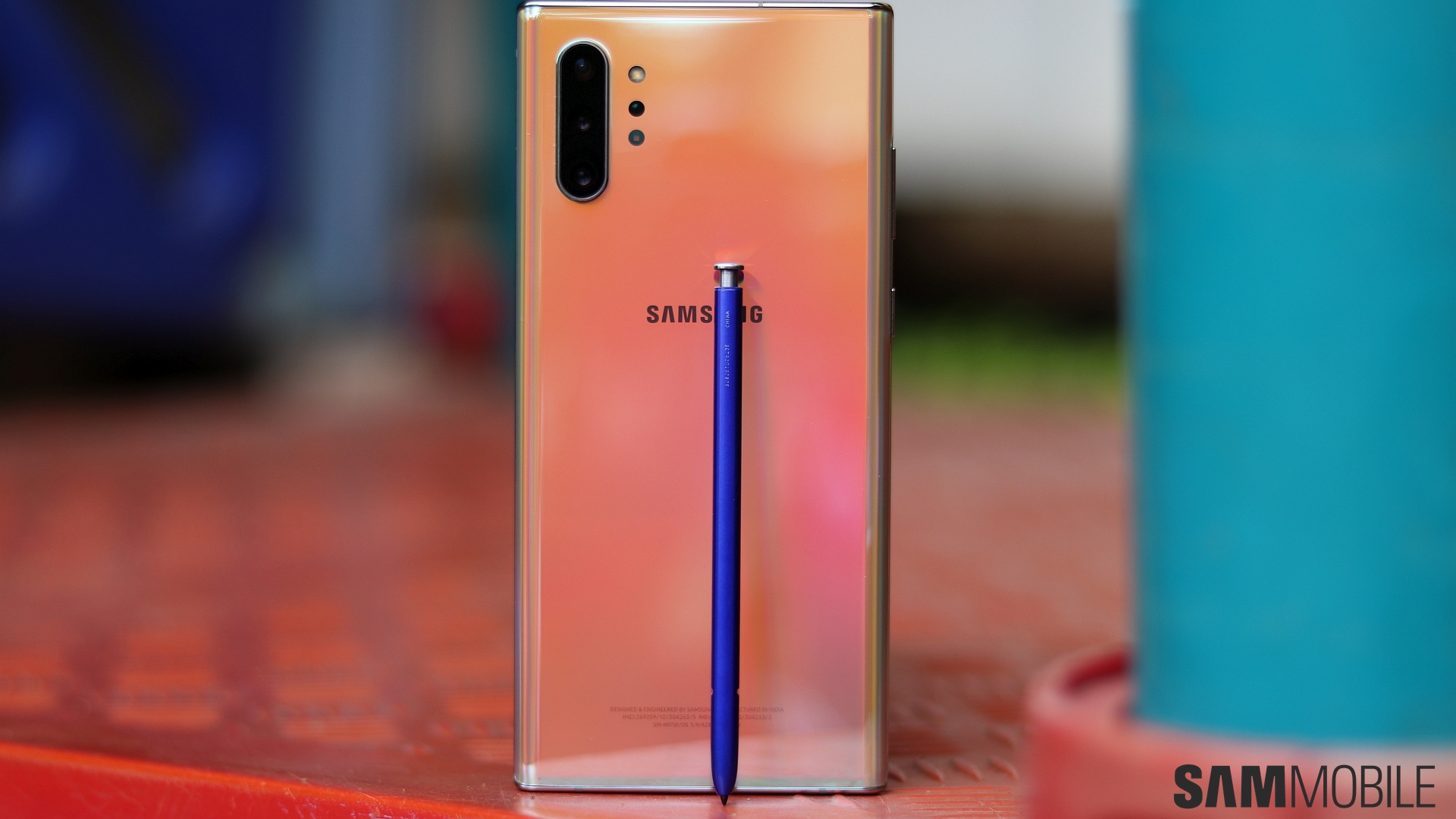Introduction
There's always a lot of interest in Samsung's new Galaxy Note flagships. Samsung came out with a one-two punch in 2019 by launching two models of its new flagship phablet, the Galaxy Note 10 and the Galaxy Note 10+. The latter is Samsung's biggest Note yet in terms of screen size while being thinner and only marginally taller than the Galaxy Note 9.
Samsung is also offering a 5G variant of the Galaxy Note 10+. It will obviously only be available in markets where 5G mobile networks have been launched. For all intents and purposes, the Galaxy Note 10+ is a veritable Android powerhouse.
Design
One could wax lyrical about the design of the Galaxy Note 10+. As we have mentioned before, it can be best described as refinement personified. It's head and shoulders above the Galaxy Note 9 with its svelte figure and slim bezels. It also opted for a single, centered punch-hole front camera.
The Galaxy Note 10+ has a gorgeous metal and glass build like its recent predecessors. Samsung has got this down to an exact science and its build quality always impresses. The handset measures 162.3 x 77.2 x 7.9mm with Gorilla Glass 6 at both the front and back for increased durability. It weighs 196g.
The front is dominated by a gorgeous 6.8-inch Cinematic Infinity-O display with slim bezels for a screen-to-body-ratio of 90.7 percent. There's also a centered camera hole of 4.5pi diameter up top. It's smaller than the one on the Galaxy S10 which introduced Infinity-O displays to Samsung's flagship lineup. There's an ultrasonic fingerprint sensor underneath the display itself.
There's a vertically-aligned camera system at the back which includes a ToF sensor. Samsung has removed the heart rate sensor from the Galaxy Note 10 series. Button placements have been switched around as well. The power button is now on the left frame since there's no dedicated Bixby key.
The S Pen, speaker grille and USB Type-C port can be found at the bottom and the microSD slot is up top. The Galaxy Note 10+ is the only model in this series to get a microSD card slot. Neither model has a 3.5mm headphone jack.
Specifications
The Galaxy Note 10+ touts some of the best specs you'll find on a flagship smartphone in 2019. There's the 6.8-inch 3040×1440 pixel resolution display and an Exynos 9825 processor under the hood with some markets getting the Snapdragon 855. There will be a Mali-G76 MP12 or Adreno 640 GPU depending on the chipset. It features 12GB of RAM and offers 256GB and 512GB of UFS 3.0 internal storage. microSD cards of up to 1TB are supported.
Additional specs include a quad camera system at the back, a 4,300mAh battery, IP68 certification, Samsung Pay with MST, AKG-tuned speakers and Wireless PowerShare for reverse wireless charging. The Galaxy Note 10+ does support 45W super-fast charging but the appropriate charger is sold separately. Check out our Galaxy Note 10+ specs page for additional details.
Display
It was no surprise when DisplayMate said that the Galaxy Note 10+ has the best smartphone display on the market. Samsung's AMOLED panels have a reputation of being exceptional and it's the same story for this device. The curved 6.8-inch Cinematic Infinity-O display has a 3040×1440 pixel resolution with a pixel density of 498 PPI. The punch hole for the front camera is centered which we feel is a much better implementation compared to the Galaxy S10's pill-shaped cutout.
Cameras
The Galaxy Note 10+ features a main triple-camera system alongside its ToF sensor. There's a 12-megapixel Dual Aperture (F1.5/F2.4) camera with a 12-megapixel telephoto and 16-megapixel ultra-wide camera to keep it company. The telephoto camera gets a wider aperture which allows for improved low-light performance.
The DepthVision ToF sensor allows for advanced augmented reality applications and novelty features like bokeh in videos. There's a single 10-megapixel front camera as well. It's capable of shooting video in 4K.
Samsung has introduced some interesting new features in the camera app. Zoom-In Mic can amplify the audio from the subject in a video while filtering out all of the background noise. You can draw over a subject in the frame using the AR Doodle feature in the camera app. Samsung has also extended the Night mode to the front camera so that you can take better selfies in low light.
Software
The Galaxy Note 10+ comes with Android Pie out of the box with Samsung's One UI 1.5 which brings some new features. There's a dedicated Screen Recorder app so that it's easier to record on-screen content and even draw on it using the S Pen. PlayGalaxy Link will allow you to stream PC games to your Galaxy Note 10+ over a mobile data or Wi-Fi connection.
Samsung has confirmed that the Galaxy Note 10+ is among the Galaxy devices that get three Android OS upgrades. So the handset is supported for platform upgrades until Android 13.
S Pen
Samsung added Bluetooth support to the S Pen last year and it's improved on that with the Galaxy Note 10 series. The stylus now has a unibody design and offers new features like Air Actions. This allows you to control some functions without having to tap the stylus on the display. You can switch between the front and rear camera, between camera modes and even zoom in or out using only gestures. Air Actions work with YouTube videos as well. Samsung has opened up the SDK to developers so we'll see a lot more S Pen gesture compatibility in third-party apps soon.
Price and Availability
The Galaxy Note 10 series was launched at Samsung's Unpacked event on August 7 in New York City. Pre-orders were opened the following day with the device going on sale across the globe on August 23. The Galaxy Note 10+ is available with 256GB and 512GB storage in the signature Aura Glow color in addition to Aura Black, White, Blue, Red and Pink. The two models are priced at $1,099 and $1,199 in the United States, respectively. The 5G variant starts at $1,299.










